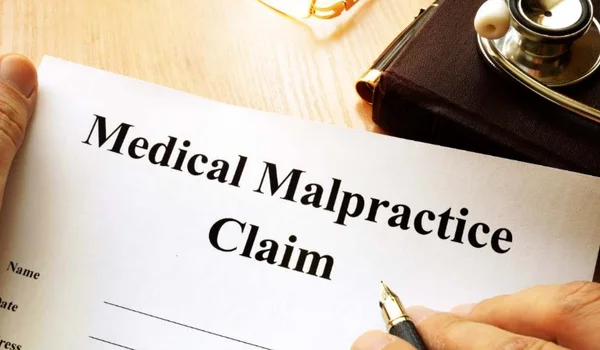Filing a medical malpractice lawsuit without an attorney—known as proceeding pro se—is legally permissible but presents significant challenges due to the complexity of medical and legal standards involved. Nonetheless, with meticulous preparation and a clear understanding of the legal process, it is possible to navigate such a case independently.
Understanding Medical Malpractice

Medical malpractice occurs when a healthcare provider deviates from the accepted standard of care, resulting in harm to the patient. To establish a viable claim, you must prove four elements:
1. Duty: The provider had a professional obligation to care for you.
2. Breach: The provider failed to meet the standard of care.
3. Causation: This breach directly caused your injury.
4. Damages: You suffered quantifiable harm (e.g., medical expenses, lost income, pain and suffering).
The “standard of care” refers to the level of care that a reasonably competent healthcare professional would provide under similar circumstances. This standard can vary by state and medical specialty.
Step-by-Step Guide to Filing Without a Lawyer
| Step | Action | Details |
|---|---|---|
| 1 | Confirm Statute of Limitations | Each state has a specific time frame within which you must file a malpractice claim, often ranging from one to three years. Missing this deadline can bar your claim. |
| 2 | Gather Medical Records | Request complete copies of your medical records from all relevant providers. These documents are crucial for substantiating your claim. |
| 3 | Obtain Expert Medical Opinion | Most states require a qualified medical expert to attest that the standard of care was breached. This often involves a written affidavit or certificate of merit. |
| 4 | Draft the Complaint | Prepare a legal document outlining your allegations, the facts of the case, and the damages sought. Ensure it complies with your state’s civil procedure rules. |
| 5 | File with the Appropriate Court | Submit your complaint to the correct court, typically in the jurisdiction where the malpractice occurred. Pay any required filing fees. |
| 6 | Serve the Defendant(s) | Legally notify the healthcare provider(s) of the lawsuit by delivering copies of the complaint and summons, following your state’s service rules. |
| 7 | Engage in Pretrial Procedures | Participate in discovery (exchange of evidence), attend hearings, and comply with court orders. Be prepared to respond to motions and other legal filings. |
| 8 | Consider Settlement or Trial | Evaluate any settlement offers carefully. If no settlement is reached, prepare to present your case at trial, including organizing evidence and witness testimony. |
Challenges of Proceeding Pro Se
While self-representation can save on attorney fees, it comes with significant risks:
- Complex Legal Procedures: Navigating court rules and legal standards without formal training is daunting.
- Access to Expert Witnesses: Securing credible medical experts willing to testify can be difficult and expensive.
- Emotional Involvement: Personal investment in the case may impair objectivity and decision-making.
- Lower Success Rates: Pro se litigants often face lower success rates due to procedural missteps or inadequate legal arguments.
Given these challenges, many legal professionals advise against self-representation in complex cases like medical malpractice.
Conclusion
Filing a medical malpractice lawsuit without a lawyer is a formidable endeavor requiring thorough preparation, a solid understanding of legal principles, and unwavering commitment. While it is legally permissible, the complexities involved often make professional legal representation a prudent choice. If you choose to proceed pro se, utilize all available resources, such as legal aid organizations, court self-help centers, and reputable online guides, to bolster your chances of a favorable outcome.


 Oliver Johnson is LawScroller’s Senior Legal Correspondent specializing in civil litigation, class actions, and consumer lawsuit coverage. He breaks down complex settlements and court decisions into clear, practical guidance for readers.
Oliver Johnson is LawScroller’s Senior Legal Correspondent specializing in civil litigation, class actions, and consumer lawsuit coverage. He breaks down complex settlements and court decisions into clear, practical guidance for readers.